Acacia Honey: A Comprehensive Overview
Acacia honey, derived from the nectar of the black locust tree (Robinia pseudoacacia), is a premium monofloral honey celebrated for its delicate flavor, unique properties, and versatile applications. Often mislabeled as originating from true acacia trees, it is predominantly sourced from the black locust, a fast-growing tree native to North America and Europe but now cultivated extensively in regions like Eastern Europe (Romania, Hungary, Ukraine) and Italy 1510.
Key Characteristics
Appearance & Texture:
Acacia honey is renowned for its light, almost transparent golden hue, sometimes grading as “water white” or “extra white” due to its clarity 410.
Its high fructose content (compared to glucose) ensures it remains liquid for extended periods, resisting crystallization for months or even years 18.
Flavor Profile:
Delicately sweet with subtle floral and vanilla notes, it lacks the overpowering taste of darker honeys, making it ideal for sweetening without altering other flavors 49.
The aroma is mild and neutral, often described as “clean” or “floral” 28.
Nutritional Composition:
Primarily carbohydrates (17g sugar per tablespoon), with trace amounts of vitamins (e.g., vitamin C) and minerals (magnesium, potassium) 16.
Rich in antioxidants, particularly flavonoids and beta-carotene, which combat free radicals and oxidative stress 16.
Production & Rarity
Harvesting Challenges: The black locust tree blooms for just 7–10 days in late spring, and nectar flow is highly dependent on weather conditions, leading to irregular yields and scarcity 59.
Sustainable Practices: Bees collect nectar from fragrant white flower clusters, and sustainable beekeeping methods ensure minimal processing, preserving its raw, organic qualities 89.
Health Benefits
Antioxidant & Anti-inflammatory Properties:
Linked to reduced risk of chronic diseases (e.g., heart disease, cancer) and improved skin health by soothing inflammation and promoting wound healing 168.
Antibacterial & Wound Care:
Releases hydrogen peroxide, effective against antibiotic-resistant bacteria like Staphylococcus aureus, making it useful for topical wound treatment 16.
Digestive & Metabolic Benefits:
Acts as a gentle laxative, reduces intestinal inflammation, and supports liver detoxification 8.
Its low glycemic index (compared to refined sugar) makes it a safer sweetener for diabetics in moderation 81.
Heart Health:
Studies suggest it may lower LDL cholesterol, triglycerides, and systolic blood pressure, supporting cardiovascular health 28.
Calming Effects:
Mixed with warm milk, it aids in reducing stress, anxiety, and insomnia due to its soothing properties 8.
Culinary & Industrial Uses
Food & Beverages: Ideal for drizzling over desserts, sweetening teas, or pairing with cheeses and yogurt due to its mild flavor 28.
Pharma & Cosmetics: Valued in cough syrups, skincare products (e.g., acne treatments), and dietary supplements for its neutral taste and antibacterial activity 26.
Comparison to Other Honeys
Manuka Honey: Unlike Manuka (sourced from New Zealand’s manuka bush), Acacia honey is milder, less medicinal, and widely produced in Europe and North America 6.
Allergy-Friendly: Its low pollen content reduces allergenic risks, making it suitable for many allergy sufferers 58.
Sustainability & Market Value
Acacia trees thrive in poor soils, fix nitrogen, and support reforestation efforts, particularly in post-harvest landscapes 510.
Due to its rarity and prolonged shelf life, Acacia honey is often priced higher than conventional varieties 19.
For those seeking a light, versatile honey with both culinary and wellness applications, Acacia honey stands out as a luxurious, health-conscious choice. Always ensure authenticity by purchasing from reputable sources or certified beekeepers

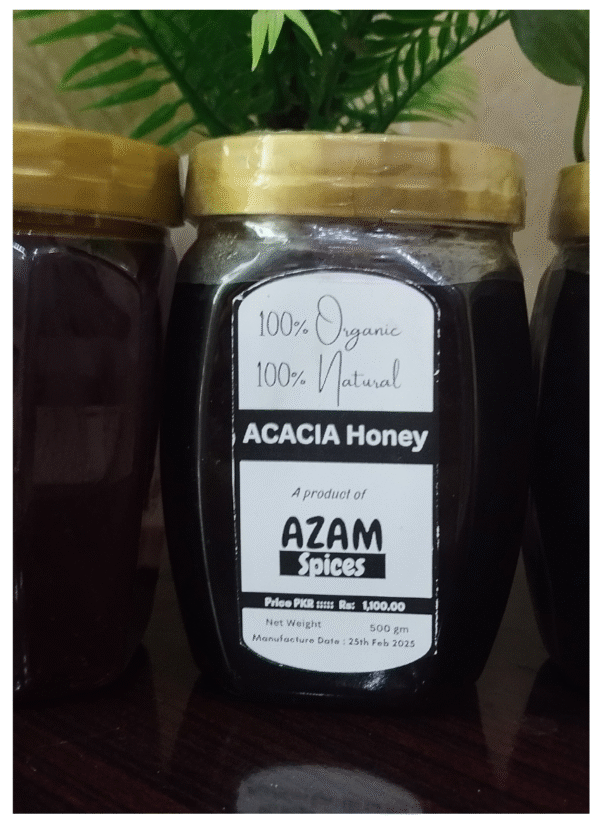
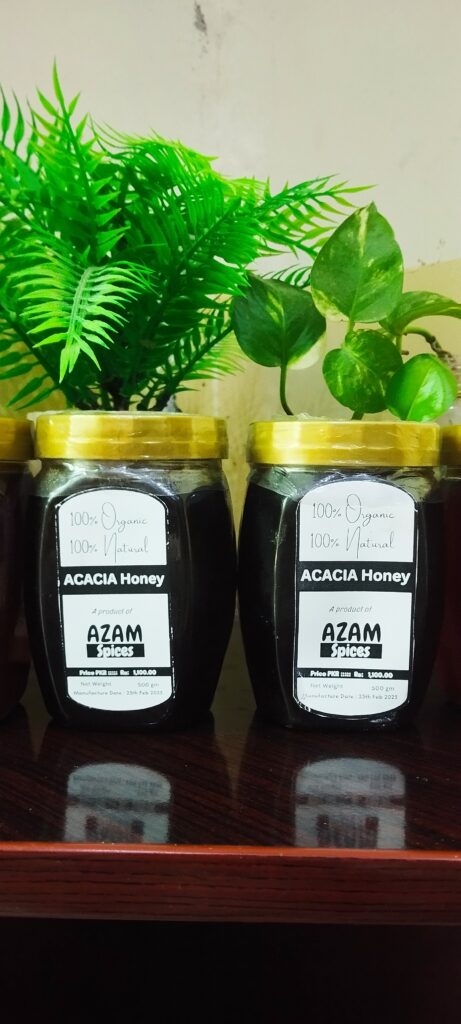
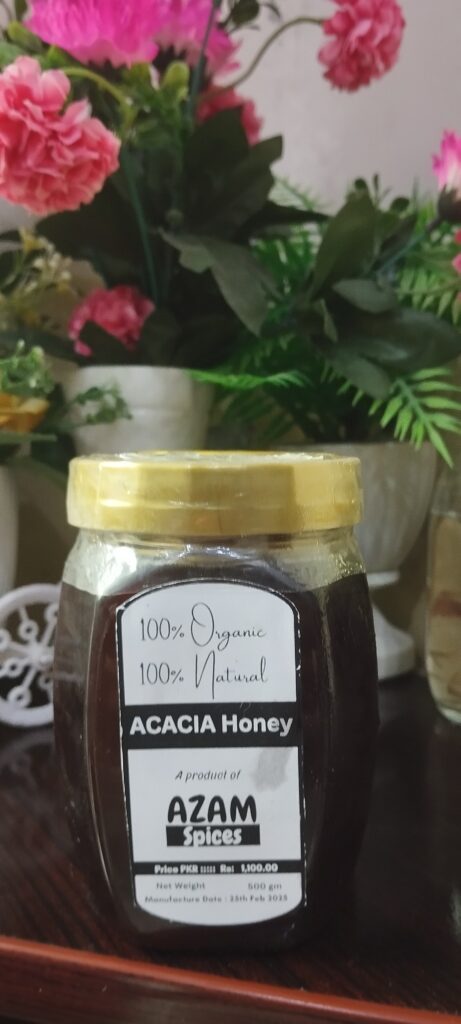
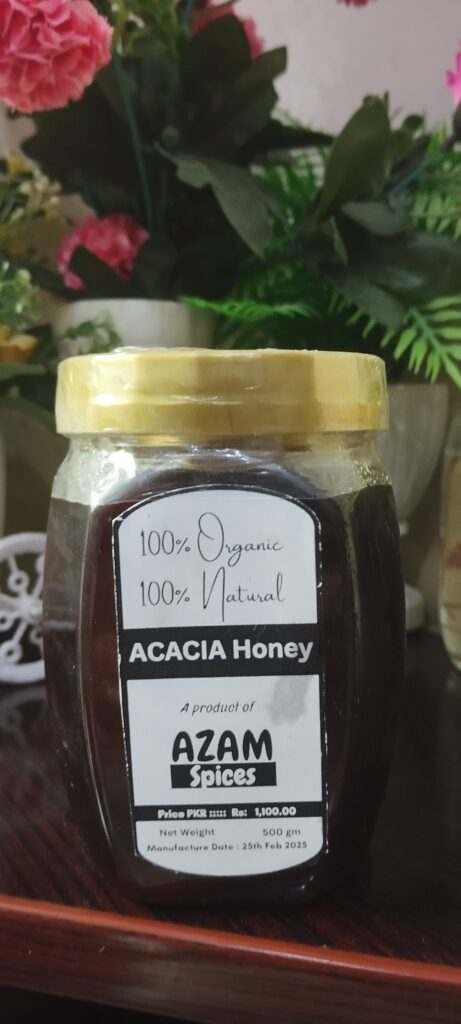
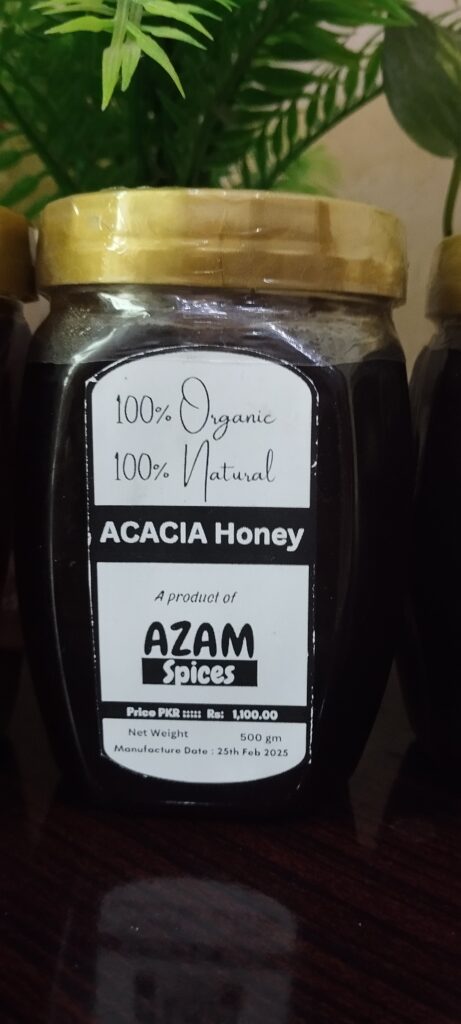
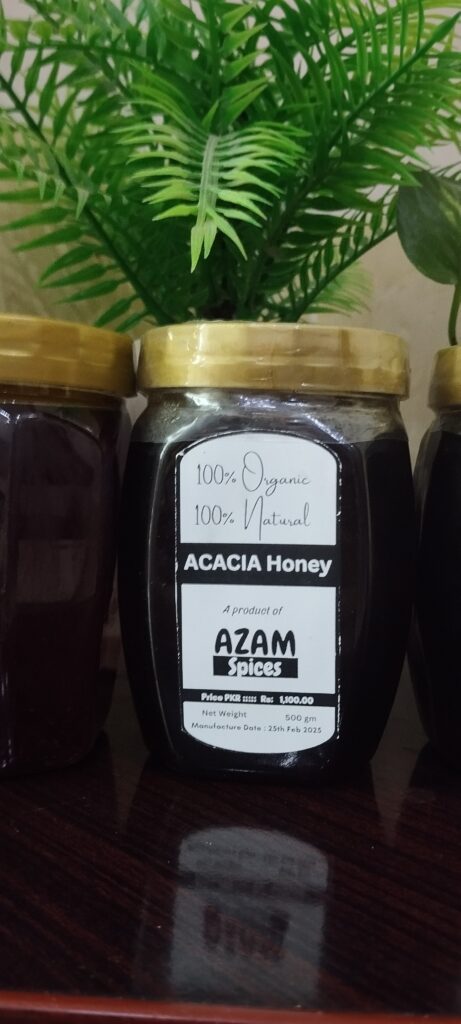
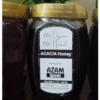

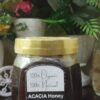
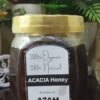
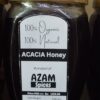
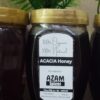

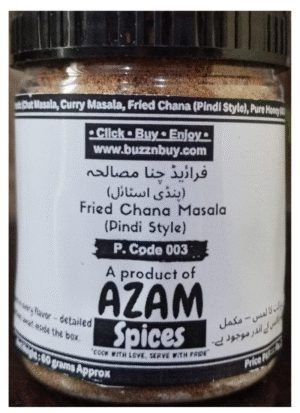
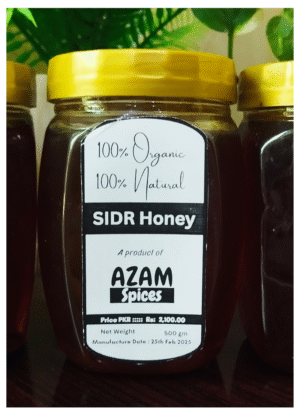

Reviews
There are no reviews yet.